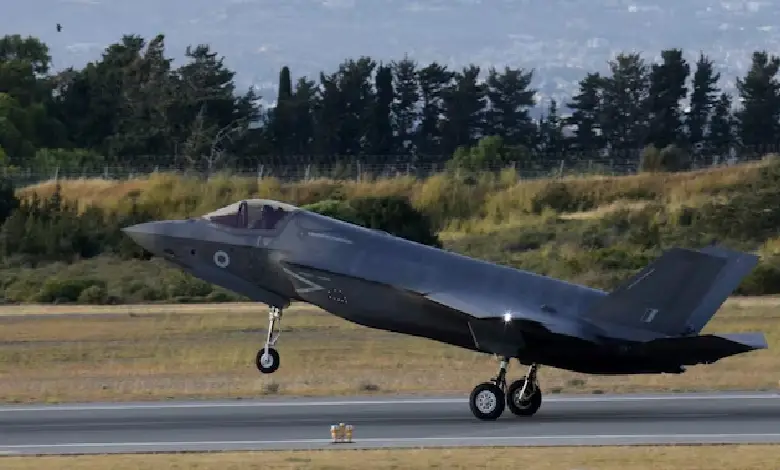
New Delhi : A United Kingdom (UK) Navy F-35 fighter jet made an emergency landing at Kerala’s Thiruvananthapuram International Airport on Saturday, around 9:30 PM due to low fuel. The aircraft had to make an emergency landing after reporting low fuel mid-flight, news wire PTI reported, citing sources. The jet is part of the British Carrier Strike Group’s aircraft carrier, HMS Prince of Wales, and remains parked at the Thiruvananthapuram International Airport.
As per the standard protocol for any foreign military aircraft operating in Indian airspace, refuelling of the (UK) Navy F-35 fighter jet will only take place after relevant authorities in the Central government approve of the same. Indian Air Force (IAF) officials described the F-35 fighter jet’s emergency landing as a routine diversion, confirming they were fully informed about the situation and had extended all necessary support.
This is a normal occurrence of diversion by an F-35. The IAF was fully aware and facilitated the aircraft for flight safety reasons. All assistance is being provided, and the IAF is coordinating with all relevant agencies, the IAF said in their statement. The F-35 Lightning II, developed by Lockheed Martin for the United States and its allies, is one of the world’s most advanced and versatile fighter jets. The total cost behind the F-35 fighter jet program, including its development, production, and maintenance, is estimated to be over $1.7 trillion.
The F-35 Lightning II, developed by the US-based Lockheed Martin and used by key NATO allies including the United Kingdom, is one of the most advanced fighter jets in service globally. The Indian Navy and the United Kingdom’s Carrier Strike Group (UK CSG25) conducted a joint naval drill, commonly known as a Passage Exercise (PASSEX), in the western Arabian Sea earlier this week.
UK CSG25 joined the Indian Navy for an exercise in the western Arabian Sea, read a post from the UK Carrier Strike Group. The two-day exercise included various naval activities such as coordinated anti-submarine operations, tactical manoeuvres, unified control of helicopters, and professional exchanges between naval officers.




